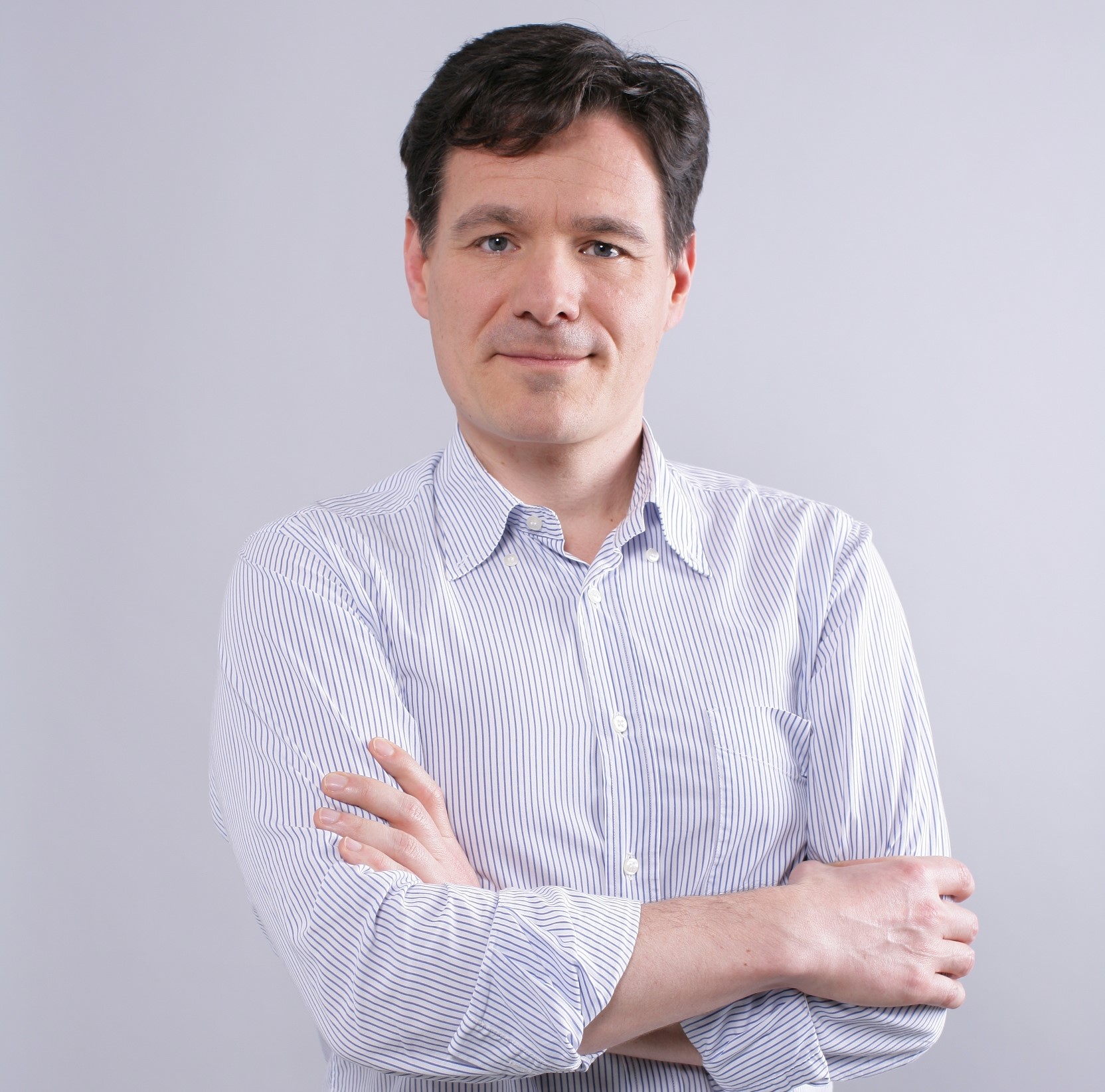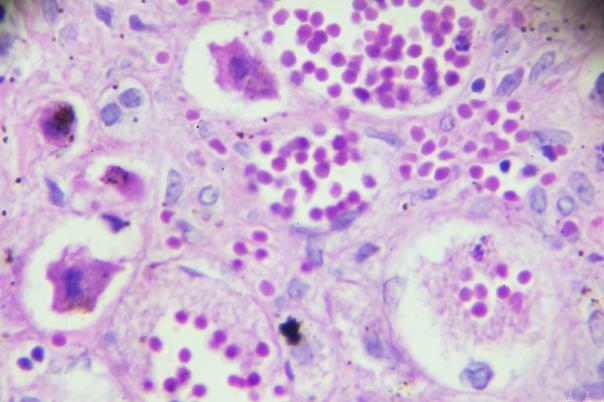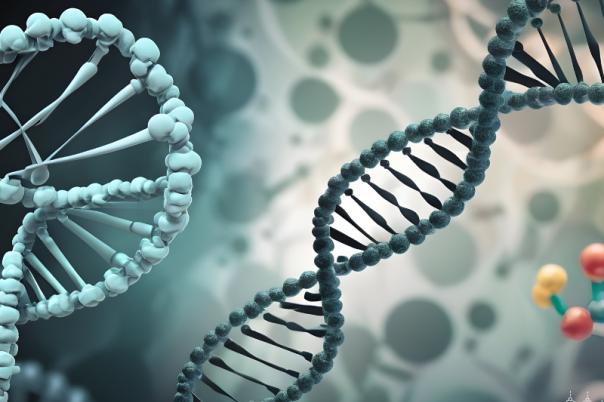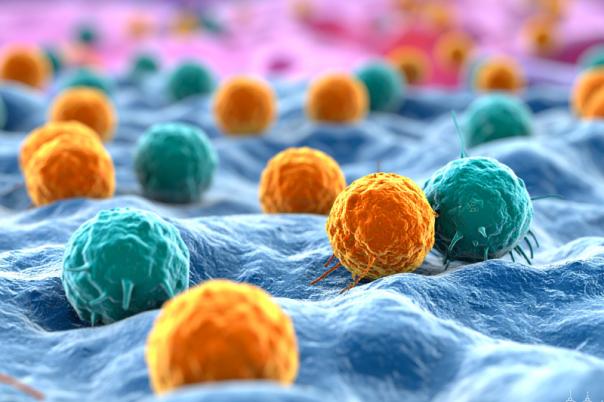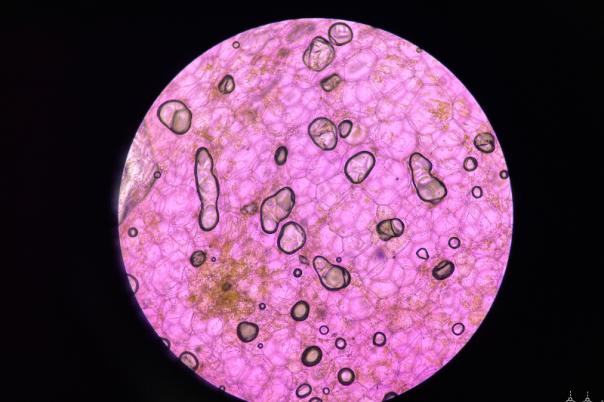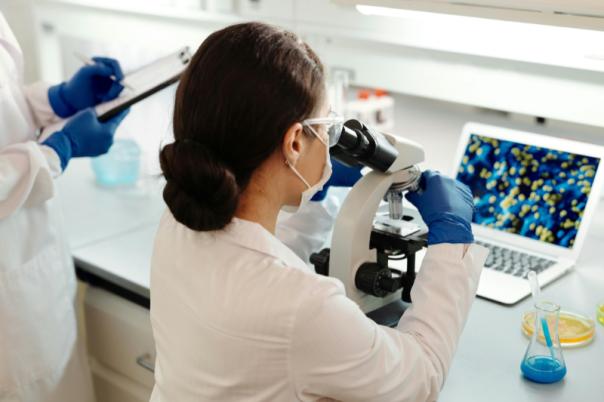Jacques Colinge discussed the development of a software library for R, designed to infer ligand-receptor interactions from spatial data, particularly in the context of cancer research. He began by emphasising the importance of cellular communication in tumours, noting its significance in new therapies and the associated challenges. The software package was initially developed to infer ligand-receptor interactions from single-cell and bulk data, using a statistical model to improve accuracy by incorporating correlated expression of ligands, receptors, and downstream signalling.
Colinge explained that the package could be applied to spatial data, such as in triple-negative breast cancer, to predict interactions and visualise their spatial distribution. He and his colleagues analysed ten breast cancer tumours using Visium and other datasets, mapping cell populations and their interactions. The analysis revealed distinct localisation patterns of proliferative cancer cells and immune effectors, with an exclusion between these cell types. TGF beta signalling, primarily produced by cancer-associated fibroblasts (CAFs), was found to inhibit immune cell activity in tumours. EMILIN1 was identified as a modulator of TGF beta activity, allowing immune cells to remain active in regions with high EMILIN1 expression.
The findings suggested that targeting signalling activities rather than specific cell subpopulations could lead to more effective cancer therapies. Colinge highlighted the importance of understanding the spatial dimension of disease regulation, using examples from colorectal liver metastasis and breast cancer datasets. He also discussed the localisation of different cell types and their interactions, noting that distinct patterns emerged from the data.
In conclusion, Colinge introduced the generic library for ligand-receptor interaction inference, which could also generate various graphics for basic investigations. He emphasised the complexity of tumours and the need to target signalling activities rather than specific cell subpopulations for more effective therapies.
